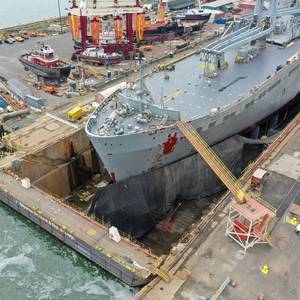
Dating back to the year 1786, Thomas Jefferson wrote to a member of the Continental Congress on the importance of free press keeping government in check. He was quoted as saying if he had a choice between “a government without newspapers or newspapers without a government, I should not hesitate a moment to choose the latter.
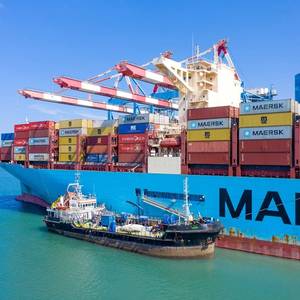
The maritime industry has worked with a single fuel source for over a century and with the rush to meet emission standards in both domestic and foreign markets, adapting to the current list of alternative fuels is going to present significant problems. Each market has its issues whether bluewater, brownwater, coastal, foreign or domestic.
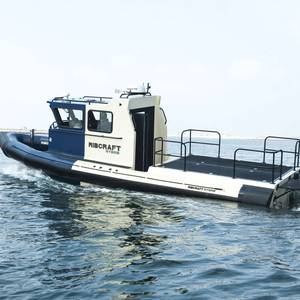
Interest in hybrid government and patrol boats is growing as boat builders demonstrate their many benefits.Launched last year at Seawork, Sweden-based Marell Boats says its M17 Patrol was the star of the show with its hybrid powertrain from Scania and propulsion system by Marine Jet Power.
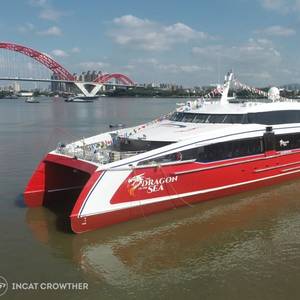
Kilimanjaro IX, a 53-metre high-speed ferry designed by digital shipbuilder Incat Crowther for Tanzania’s Azam Marine, has been launched by AFAI Southern Shipyard in Guangzhou, China and will soon begin sea trials.The vessel is the 12th high-speed ferry designed by Incat Crowther for the Tanzanian operator and will service Azam Marine’s popular routes to and from Dar-es-Salaam on the Tanzanian
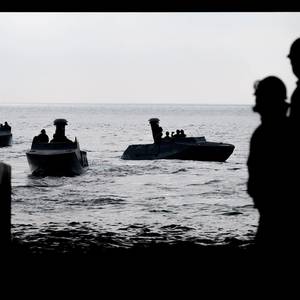
For the U.S. Navy, boats perform missions from mundane maintenance chores such as hull scraping and cleaning overboard discharges to clandestine special forces insertion and extraction. Some boats are about as basic as you can imagine, and some are equipped with sophisticated combat systems and weapons.
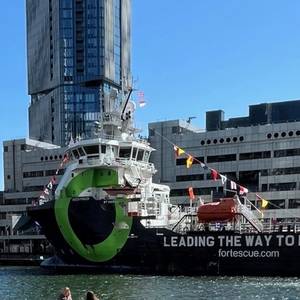
Fortescue’s Green Pioneer, billed as the world’s first ammonia dual-powered vessel, left Singapore in January of this year on voyage past the Cape of Good Hope en route initially to Southampton, both for Port State Control and to demonstrate the use of ammonia in its engines to the UK’s Maritime and Coastguard Agency (MCA), and then on to London’s Canary Wharf where is stayed through mid-April
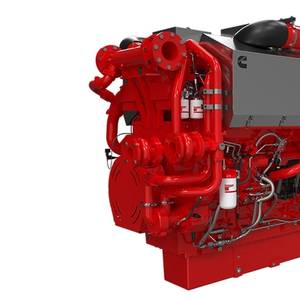
Cummins received Approval in Principle (AIP) from DNV for its methanol-ready QSK60 IMO II and IMO III engines, available in power ratings from 2000 to 2700 hp (1491 - 2013 kW). The approval validates Cummins' retrofittable methanol dual-fuel solution for the global marine market.Cummins plans to launch the retrofit kits post-2028 to align with market demand and infrastructure readiness.
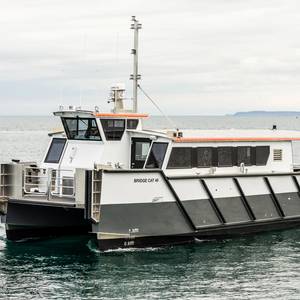
BRIX Marine launched a Bridge Cat 49 (4519- DCT), built for Bridgemans Services Group. The personnel transfer vessel, Bridge Cat 49 (BC49), accommodates up to 45 passengers plus three crew and is built to meet Transport Canada passenger vessel requirements for use in British Columbia, Canada.The BC49 is constructed with a 45-foot aluminum hull and an 18.5-ft.
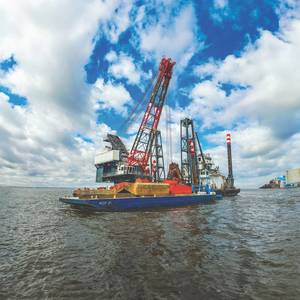
There’s more to domestic dredging than meets the eye. Dredging Contractors of America CEO Bill Doyle is just the guy tell you why.William P. Doyle serves as the Chief Executive Officer of the Dredging Contractors of America (DCA). DCA represents the dredging industry on key issues before Congress and is an active partner to the U.S.

Maritime Partners has repowered the pushboat M/V John Austin, replacing its Cummins QSK38 (1300 hp @ 1800 rpm) with a Mitsubishi S12R-Y3 engine rated at 1260 hp @ 1600 rpm. After 28,000 hours on the previous platform, the decision to repower was driven by the need for reliability, reduced downtime, and a smarter long-term investment.

Carpentaria Marine Services, a marine services provider in northern Australia, is expanding its fleet after commissioning Incat Crowther to design a new multi-purpose offshore support vessel.Construction of the vessel, which will be deployed across northern and eastern Australia including Cape York and the Gulf of Carpentaria, is now underway at Richardson Devine Marine’s shipyard in Hobart
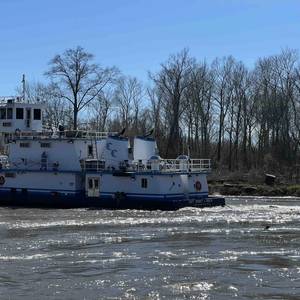
Chem Carriers has completed the repower of the M/VCapt. Robert J. Banta, marking the final vessel in its current fleet to be powered by Laborde Products-supplied Mitsubishi engines. The twin-screw towboat is now running on twin Mitsubishi Tier 3 S12R-Y3MPTAW engines, each delivering 1,260 horsepower at 1,600 RPM.Originally built in 2015 by Main Iron Works of Houma, Louisiana, the 78-foot Capt.